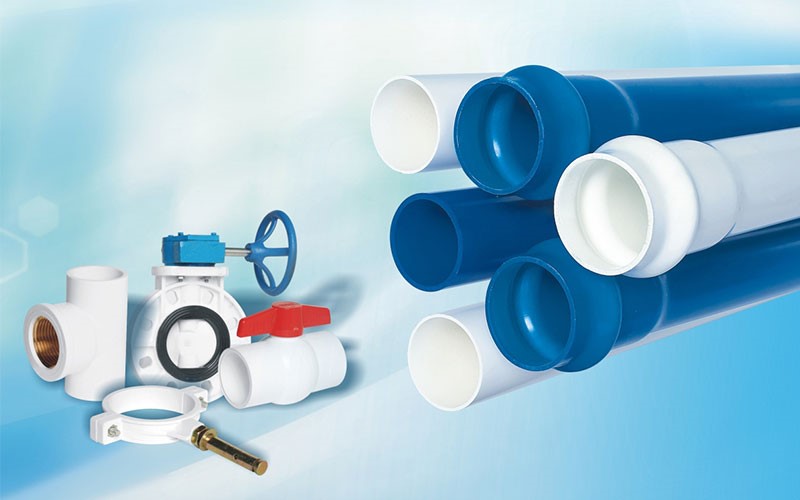Nov . 16, 2024 01:52 Back to list
hdpe pipe coupling product
Understanding HDPE Pipe Couplings A Comprehensive Guide
High-Density Polyethylene (HDPE) pipes are widely recognized in various industries due to their durability, flexibility, and resistance to chemicals. One of the critical components used in HDPE piping systems is the coupling. This article delves into the importance of HDPE pipe couplings, their types, applications, and the advantages they offer.
What is an HDPE Pipe Coupling?
An HDPE pipe coupling is a fitting designed to connect two lengths of HDPE pipes. Couplings ensure a seamless flow of liquids or gases without leaks and are essential for maintaining the integrity of the piping system. They come in various shapes, sizes, and configurations to cater to specific requirements and applications.
Types of HDPE Pipe Couplings
1. Compression Couplings These are easy to install and do not require additional tools. They function by compressing a rubber gasket against the pipe ends, creating a tight seal. Compression couplings are ideal for temporary connections or scenarios where frequent disassembly is necessary.
2. Electrofusion Couplings This type involves an electrically heated element within the coupling that melts the surfaces of the pipes and the coupling itself, creating a strong bond when cooled. Electrofusion couplings provide a highly reliable and permanent joint, making them suitable for high-pressure applications.
3. Butt Fusion Couplings This method involves heating the ends of two pipes and then pressing them together to create a homogenous joint. Butt fusion couplings offer excellent strength and are used in long-term installations where joints are required to withstand high pressures.
4. Mechanical Couplings These couplings utilize bolts and nuts to secure the pipes together. They are often used in situations where pipes need to be joined but cannot be fused due to logistical constraints. Mechanical couplings are versatile and can accommodate dissimilar pipe materials, offering a unique solution for complex piping systems.
Applications of HDPE Pipe Couplings
HDPE pipe couplings find extensive use across various sectors, including
- Water Supply Systems Couplings are crucial for connecting segments of HDPE pipes that transport water, ensuring no leaks and maintaining water quality.
hdpe pipe coupling product

- Sewer and Drainage Systems In sewage and drainage applications, couplings help connect pipes used for transporting waste materials, providing a reliable and tight seal.
- Agriculture Many agricultural systems use HDPE pipes for irrigation
. Couplings ensure that various sections of irrigation piping are securely connected, promoting efficient water distribution.- Industrial Applications Couplings are widely used in industrial settings for transporting chemicals, gases, and other fluids. Their resistance to corrosion makes them ideal for such applications.
Advantages of Using HDPE Pipe Couplings
1. Durability HDPE pipe couplings are highly durable and resistant to environmental factors, including UV radiation and chemicals, which means they can last for decades without significant maintenance.
2. Flexibility The flexibility of HDPE allows for the installation of couplings in various configurations and environments, reducing the risk of damage from ground movement or changes in temperature.
3. Lightweight Compared to traditional piping materials, HDPE and its couplings are lightweight, making handling and installation easier and more cost-effective.
4. Leak-proof Design HDPE couplings create secure connections that significantly minimize the risk of leaks. This is vital for maintaining system efficiency and preventing environmental contamination, particularly in applications involving hazardous materials.
5. Cost-effectiveness While the initial investment in HDPE materials may be higher than some traditional options, the long-term savings from reduced maintenance and replacement costs make HDPE pipe couplings an economical choice.
Conclusion
In summary, HDPE pipe couplings are integral components of HDPE piping systems, offering robustness, flexibility, and reliability. Understanding the types of couplings available and their appropriate applications can significantly enhance the efficiency of fluid transport systems. As industries continue to seek effective and sustainable solutions, the role of HDPE pipe couplings will undoubtedly remain crucial in modern infrastructure development. Whether it’s for agricultural needs, wastewater management, or industrial applications, investing in high-quality HDPE couplings is essential for any successful piping project.
-
High-Quality PVC Borehole Pipes Durable & Versatile Pipe Solutions
NewsJul.08,2025
-
High-Quality PVC Perforated Pipes for Efficient Drainage Leading Manufacturers & Factories
NewsJul.08,2025
-
High-Quality PVC Borehole Pipes Durable Pipe Solutions by Leading Manufacturer
NewsJul.08,2025
-
High-Quality PVC Borehole Pipes Reliable PVC Pipe Manufacturer Solutions
NewsJul.07,2025
-
High-Quality UPVC Drain Pipes Durable HDPE & Drain Pipe Solutions
NewsJul.07,2025
-
High-Quality Conduit Pipes & HDPE Conduit Fittings Manufacturer Reliable Factory Supply
NewsJul.06,2025

